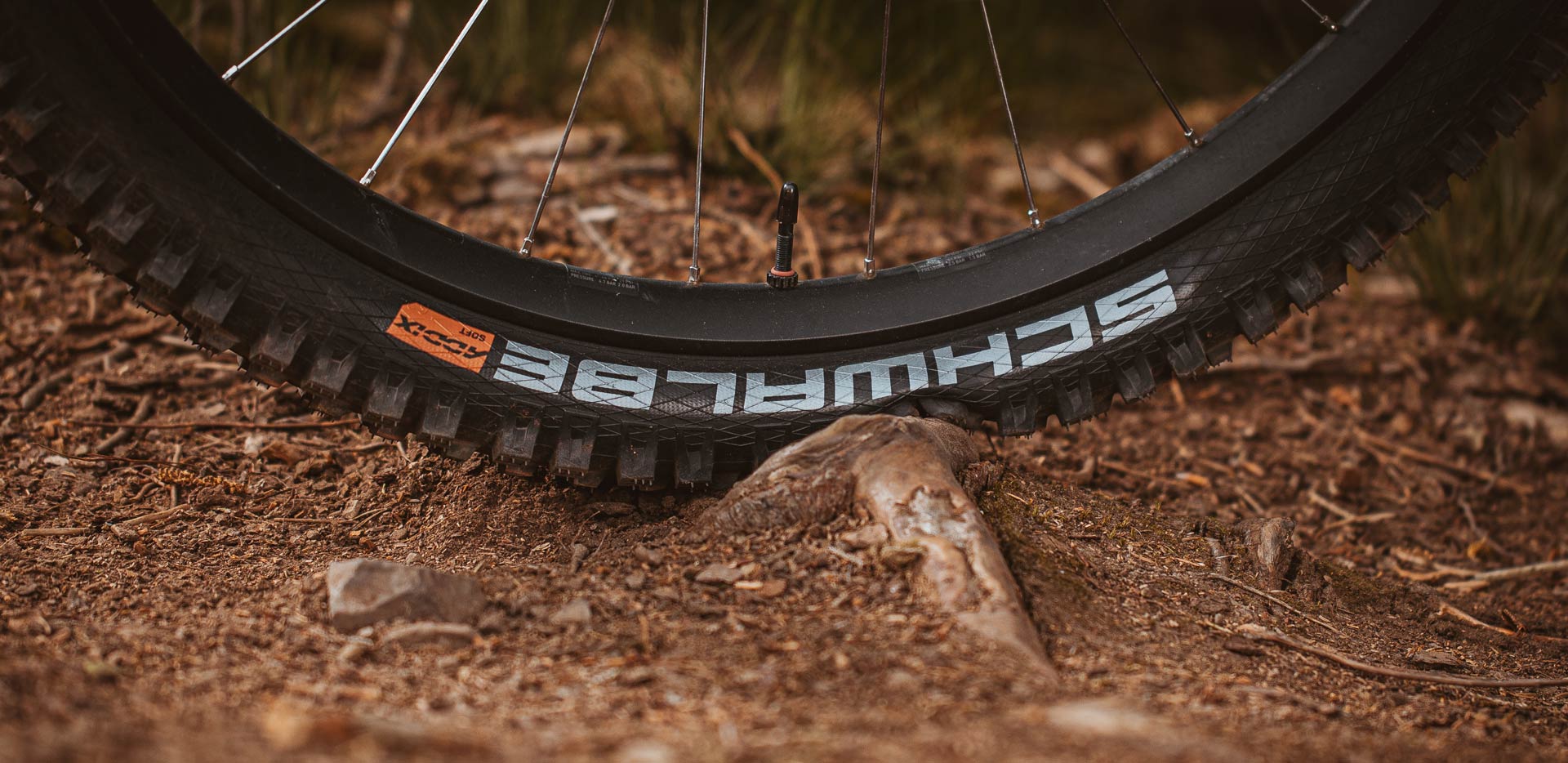RECYCLED RUBBER & TIRE DEVELOPMENT
SCHWALBE’S QUEST TO LEAD THE INDUSTRY
Words by Robert Johnston | Photos by courtesy of Schwalbe Tires
Video edited by Brian Niles / Treeline Cinematic
SPONSORED CONTENT
Our Eurowolf, Robert, was able to visit the Schwalbe Tires HQ in Reischof, Germany, and was provided a neat experience. Getting to see what goes on behind the scenes with bicycle tire development and learning more about the specifics of tire design and manufacturing was very interesting. It was also cool to see what the brand new headquarters of a thriving bicycle company looks like. It was immediately obvious that Schwalbe strived to make their HQ a pleasant place to work, and one that encourages all the employees to enjoy commuting by bike. From the excellent bike storage and washing facilities to incentives for employees looking to commute to work, and even a workshop where they can have their machines serviced for free, it seemed like a sweet place to ride a bike to, and work.
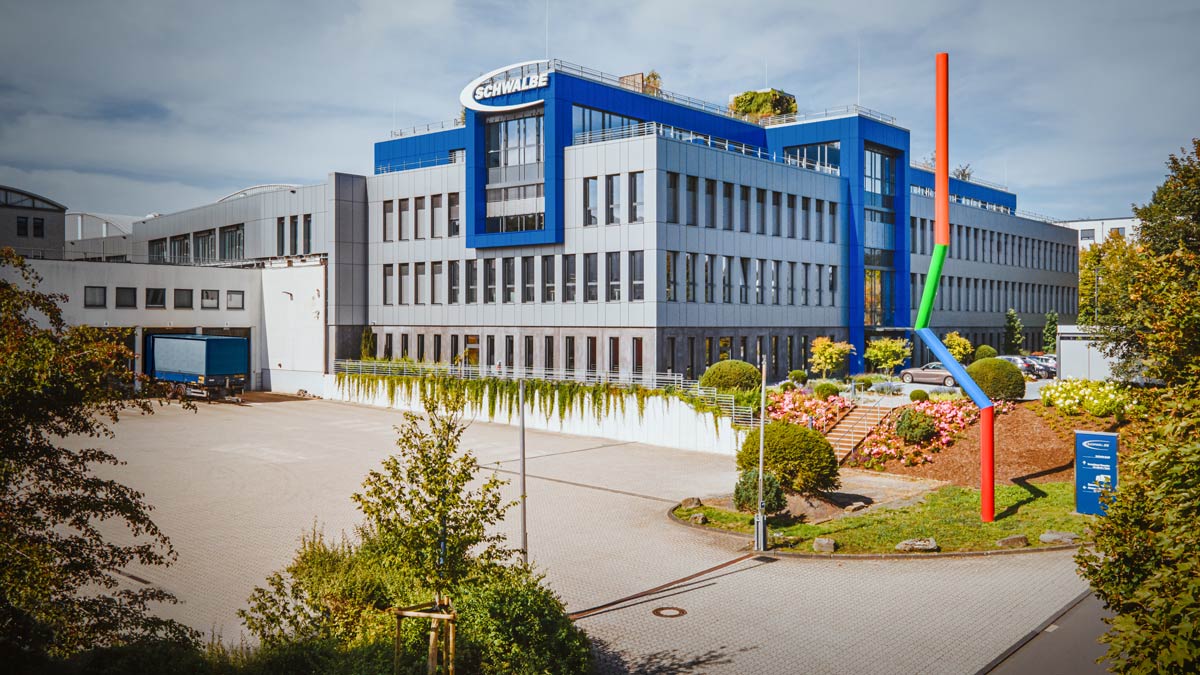
TIRES TO COVER THE FULL SPECTRUM OF BICYCLES
During my visit to Schwalbe HQ, the different needs of different styles of bicycles became more clear than ever. I hadn’t before considered the need for a city bike tire to be more resistant to UV and weathering over a longer shelf life compared to the lifespan and exposure a mountain bike or eMTB tire sees. Not to mention the extreme mileage that a budget city tire may be subjected to.
With testing and development happening across the full spectrum of tire styles, you really get the impression Schwalbe’s commitment to making higher performance tires for every kind of bike is taken seriously. From increasing the safety, grip and puncture resistance of town bikes, to giving mountain bike and e-bikers tires that can help them have the best and safest time on the trail. As you’ll see in the video, Schwalbe is constantly testing and working on improving the technology and offerings. That Snakebite tester, known as The Guillotine, is as tough a test you’re ever likely to get in the real world, so it’s reassuring to see Schwalbe using such a machine for validation in their offerings, over and over again.
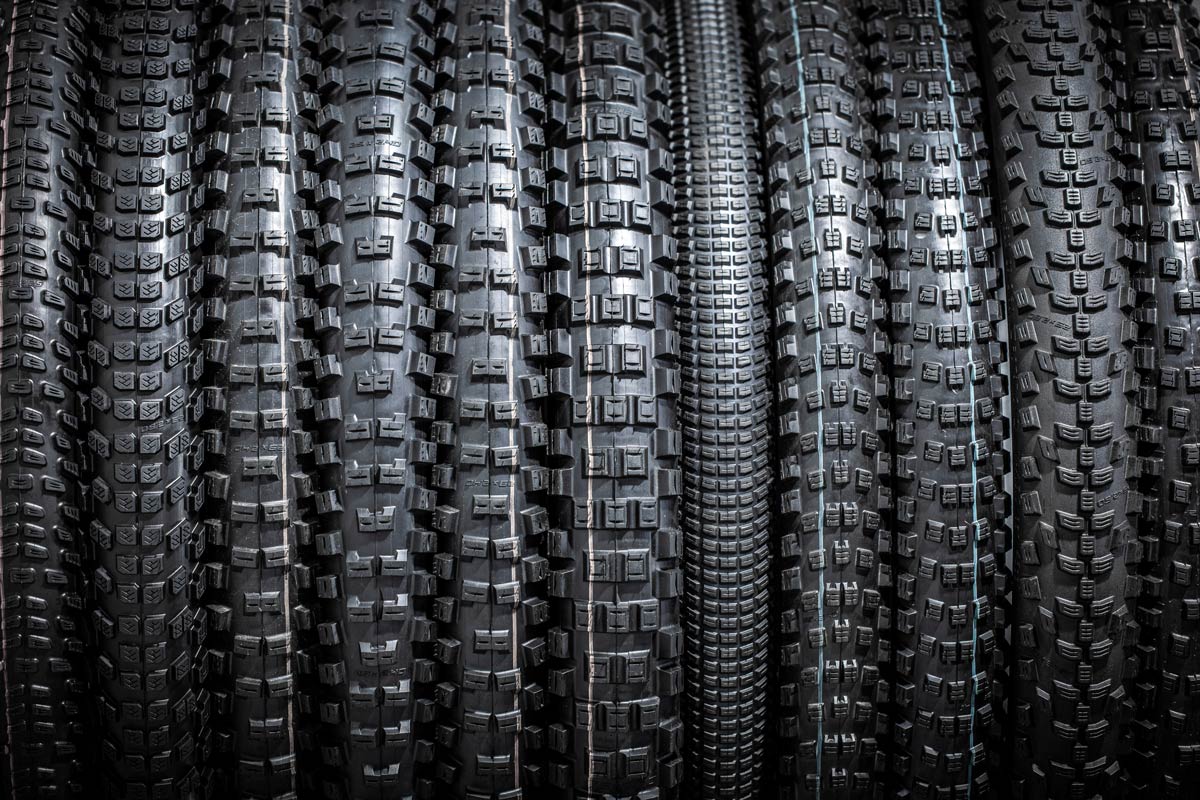
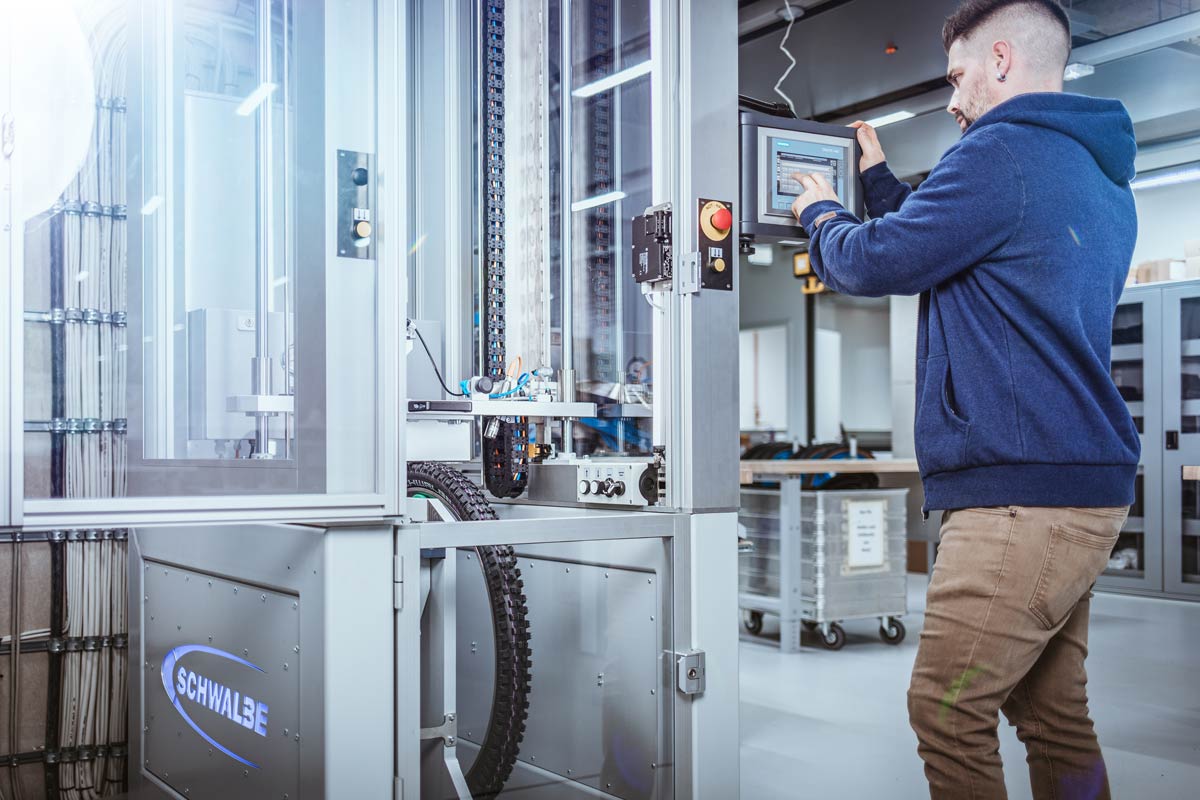
SCHWALBE’S ECO-MISSION
Although the addition to headquarters were still being completed when I paid my visit, I was still able to observe and learn about many eco-conscious plans for its completion. The building was made with sustainability in mind, 98% of the materials used in construction are able to be recycled or downcycled at the end of the building’s life. They’re also proud of the fact that 100% of the energy used there is from renewable sources, which is quite the feat! They’ve even made pushes to improve the environmental impact of the food they consume, maintaining a garden on the rooftop that they use for supplies for the staff canteen.
It doesn’t stop at the building though, with several initiatives to reduce their impact on the environment and as such take care of the world in which their tires are to be used.
Existing for some years now, Schwalbe’s inner tube recycling program is quite impressive, with over 1.1 million inner tubes recycled and counting. Recycling inner tubes instead of making the Butyl rubber from scratch reduces 80% of energy consumption, and 20% of the rubber in every Schwalbe butyl tube is now taken from recycled sources.
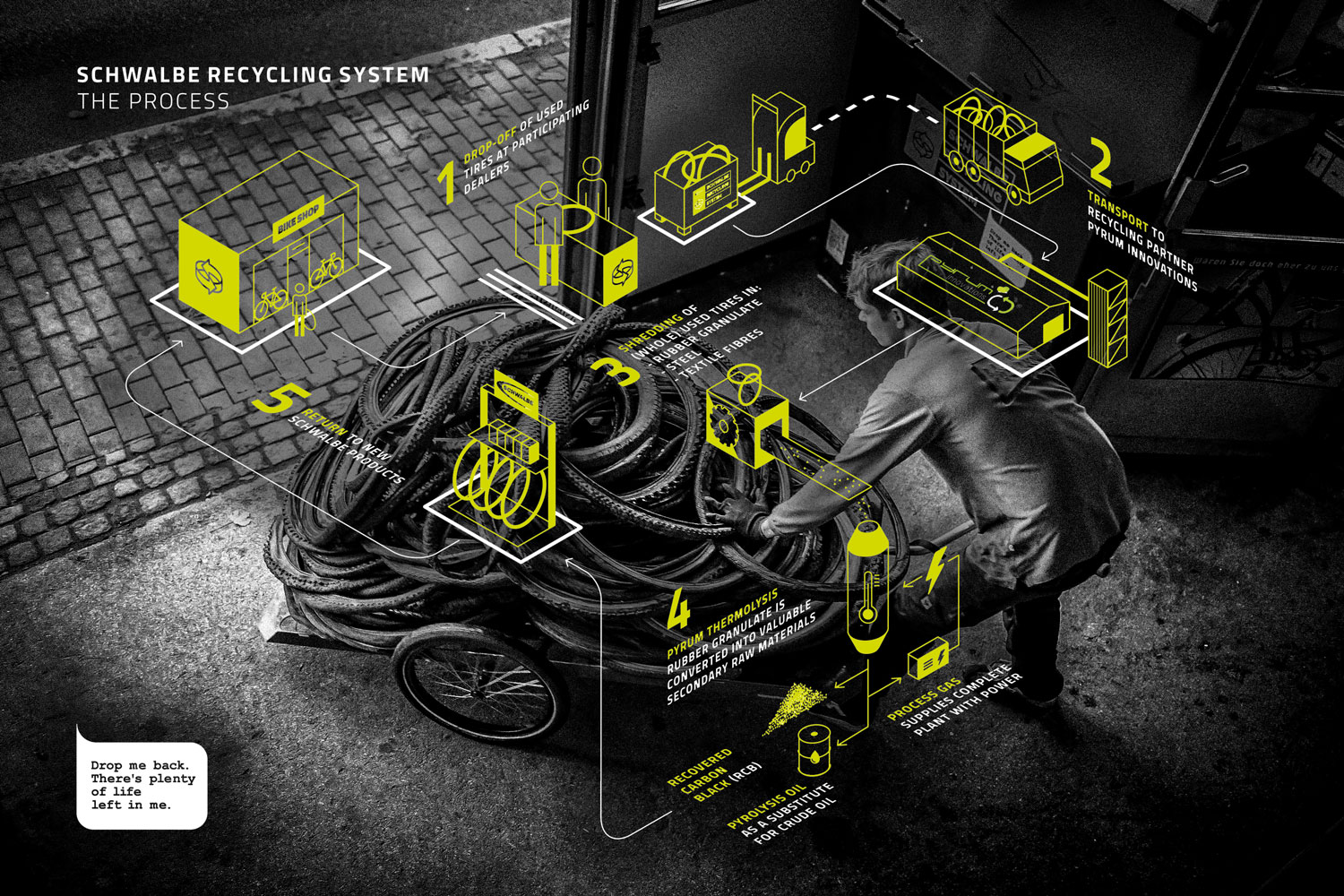
More impressive though, is their new tire recycling program, of which they are the first manufacturer to offer such a program. With this program they will separate any tire donated to the recycling system into its rubber, fabric and metal constituents. The rubber is then subjected to a process called Pyrolysis which breaks it down with heat, and outputs Recovered Carbon Black (rCB) which can then be used in the manufacture of new tires. One of the neat facts about this process is that following the initial heat being applied, the process is self-powered by the gases it produces. With this recycling program, Schwalbe is aiming to make a circular economy for their products and aims to recycle a staggering 14 million tires over the next five years.
During my visit to the headquarters, we walked past the impressive production line for their Aerothan lightweight tubes. Machines were spinning at high rpm in a restricted access room (to protect their technologies), that were evidently churning out meter after meter of the Aerothan material to be made into ultra-light non-rubber inner tubes. Instead of the standard Butyl rubber you would expect to find in an inner tube, Aerothan tubes use a Thermoplastic PolyUrethane (TPU) material. They developed this new material with BASF, the giant chemical production company. Along with unique processes such as laser welding, this allowed Schwalbe to produce Aerothan tubes to the specifications they demanded and can deliver weight savings of over 65% with better puncture protection than butyl tubes.
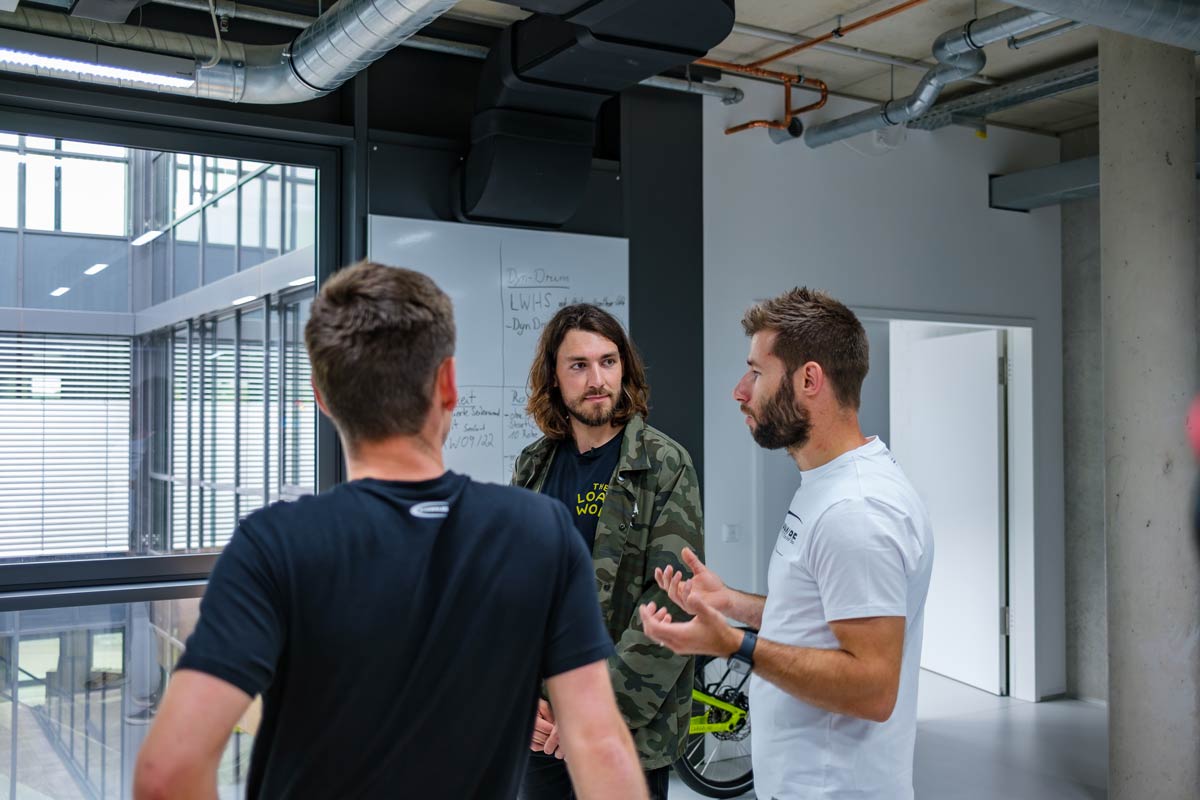
LEARNING ABOUT EBIKE TIRE NEEDS
Talking with both Robert Mennen at HQ and Sean Cochran in the USA, it was clear that Schwalbe had prioritized three clear points in the development of their Eddy Current eMTB-specific tires:
Puncture Protection
Tread Durability
High Grip
Thanks to the drive unit on an electric mountain bike, the rolling resistance and weight are not so important as they can be overcome by the extra power. That’s not to say that these elements are not considered in the balance at all, but what’s more crucial in the eyes of the Schwalbe team is the trust the rider has in the tires; that they will be bulletproof and there will be a lot of grip for braking, accelerating and while turning. This was delivered through a number of elements of the design of the Eddy Currents.
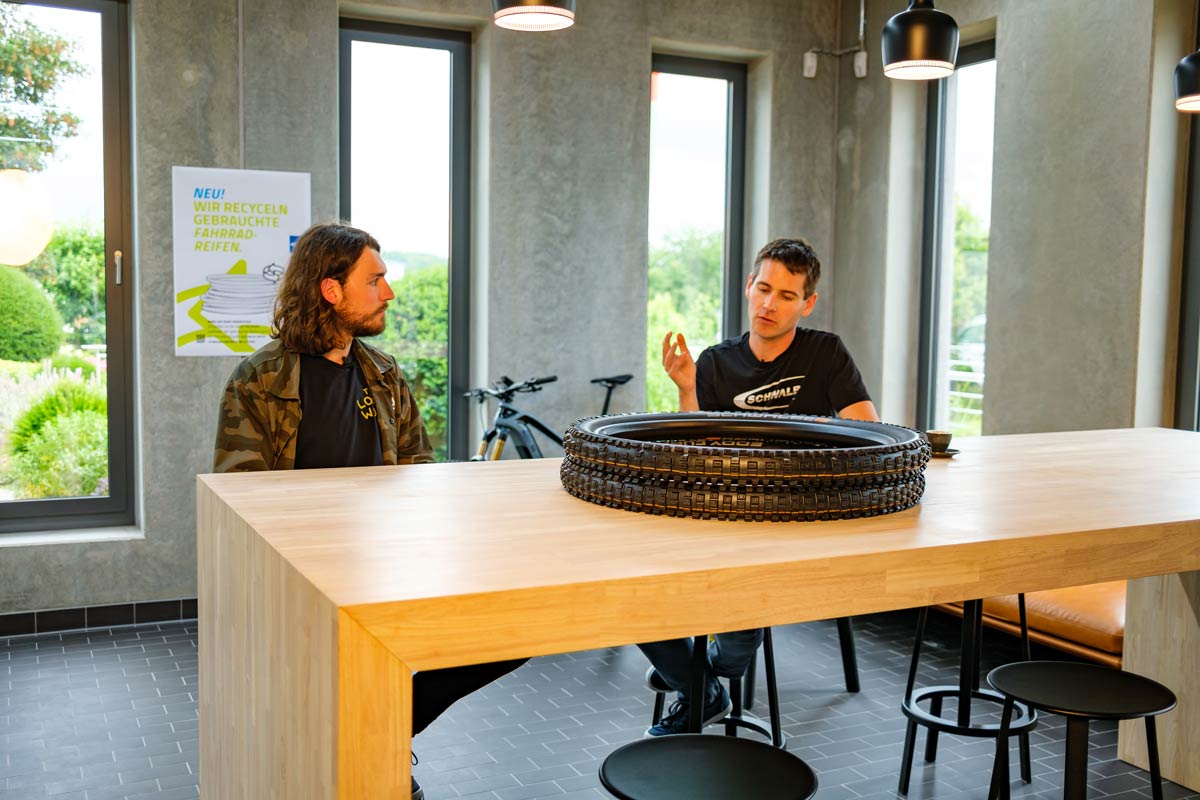
First up, the Eddy Currents are only offered in the Addix Soft rubber compound – the second from stickiest in Schwalbe’s lineup. This compound was found to offer the best compromise between traction, durability and rolling resistance when fitted to eMTB’s. With the high mileage and intense riding that eBikes are typically subjected to, using the Ultra Soft rubber compound was found to compromise too much on the durability, so the Soft was the best compromise to retain high traction without wearing out too fast.
The moto-inspired design of the Eddy Currents sets them apart both in terms of appearance and performance compared with Schwalbe’s acoustic mountain bike tire range. With larger knobs compared to the non-e-bike tires, on hard ground there are more braking edges and improved durability as the loads are spread out over a greater surface area. Riders may be better served by the Magic Mary and Big Betty combination for softer and looser soils as the smaller knobs there offer improved penetration, but for drier conditions the eMTB-specific Eddy Currents will offer considerably improved performance all around.
Thanks to the reduced consideration for the weight of the Eddy Current, Schwalbe was able to offer their durable Super Gravity casing in widths of 2.6” and 2.8” for the first time. This durable casing means that eMTB riders using the Eddy Current will be able to achieve the traction thanks to low pressures, without risking issues with durability. Similarly, the stiffer carcass allows for these wider tires to be ridden hard without the “squirm” that wider tires can often have, especially when the extra weight of an eBike is considered. Up front the abuse is typically not quite so severe, so Schwalbe opted for the slightly lighter weight Super Trail carcass to deliver the best balance of handling characteristics.
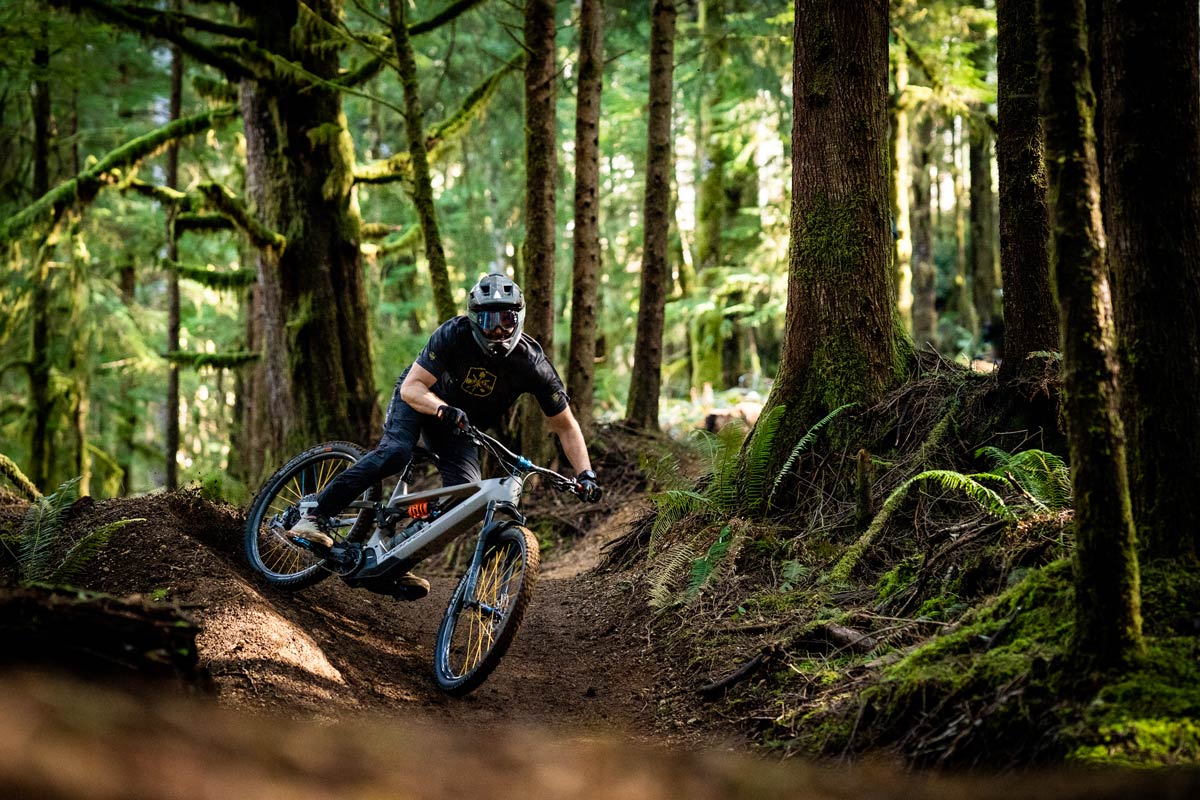
THE FUTURE OF EMTB TIRES
Schwalbe, like the rest of the bike world, is witnessing the shift in eMTB habits and sub-genres, where the industry has moved from generic “e mountain biking” to spread out over a much wider range of use cases. This is creating an increasing number of target groups who would all benefit from different tires. One of Schwalbe’s aims and mottos is “Tires for every type of bike”, so to fulfill this motto they are constantly assessing the different areas of the market to ensure they have a tire that will perform well for the use case. We can’t share any details for now, but it’s safe to say that it’s worth watching this space to see what happens in the future.
We’d like to thank Schwalbe Tires for hosting us in Reischof, Germany and taking time to teach us about their mission and commitment to making cool bike products.
